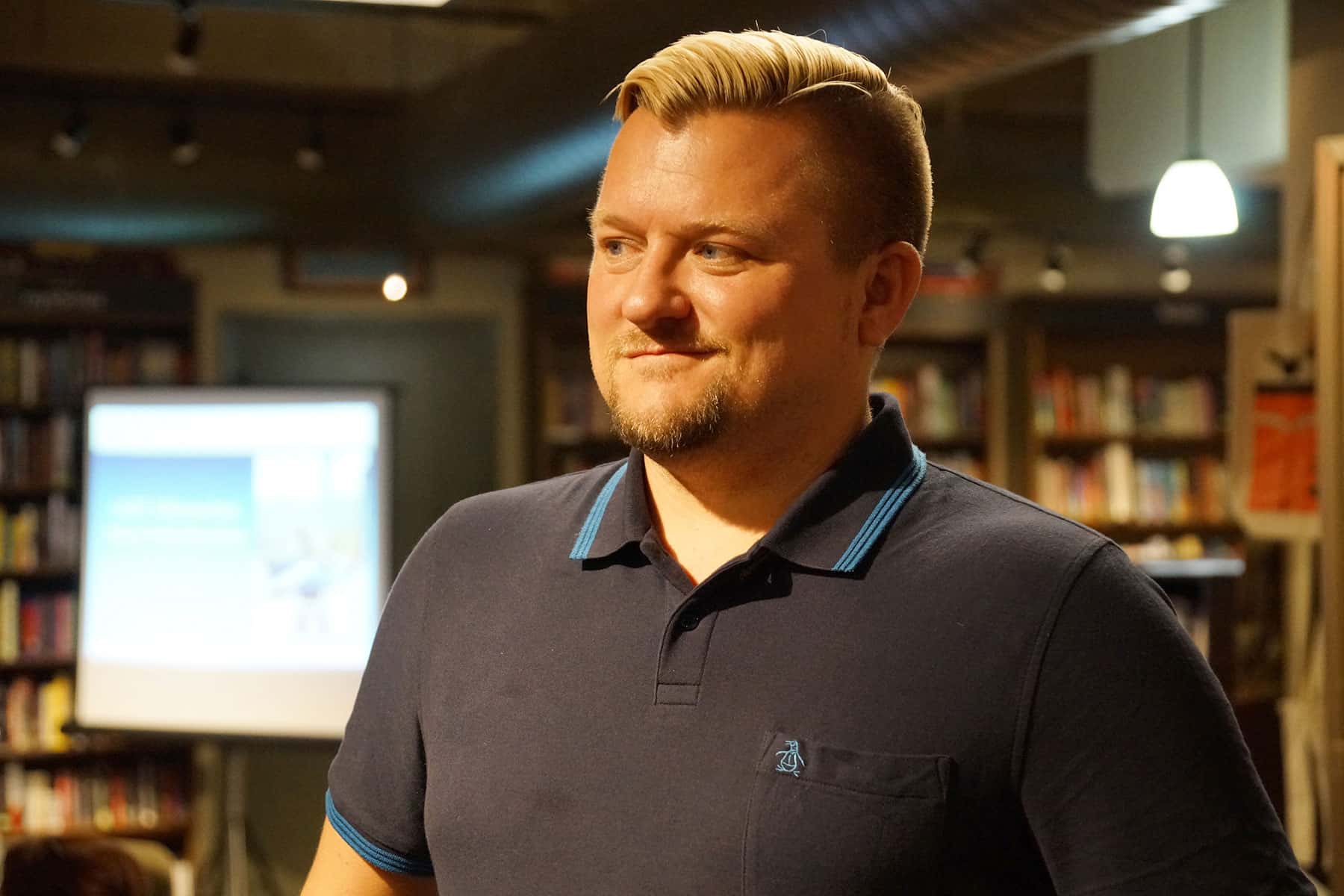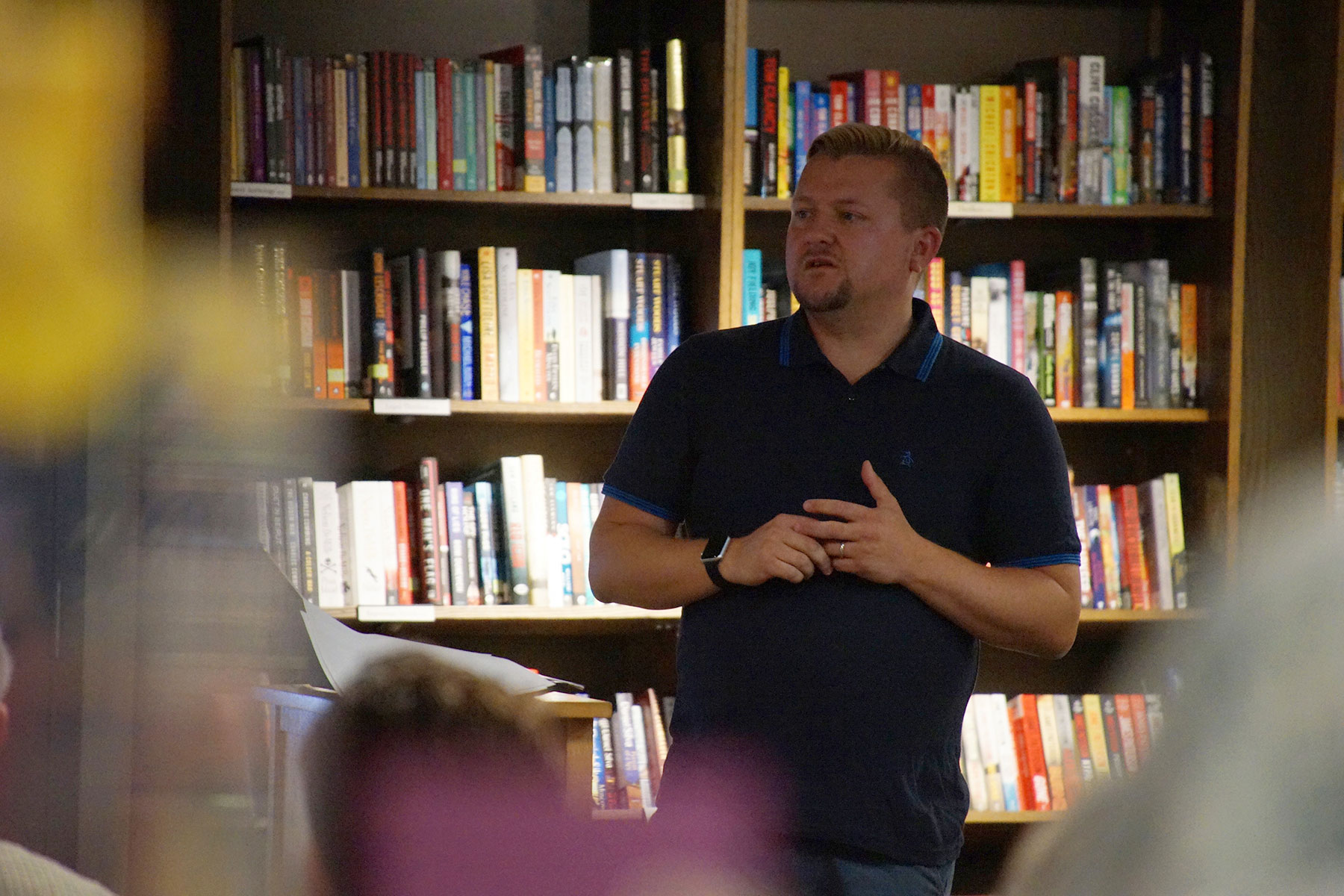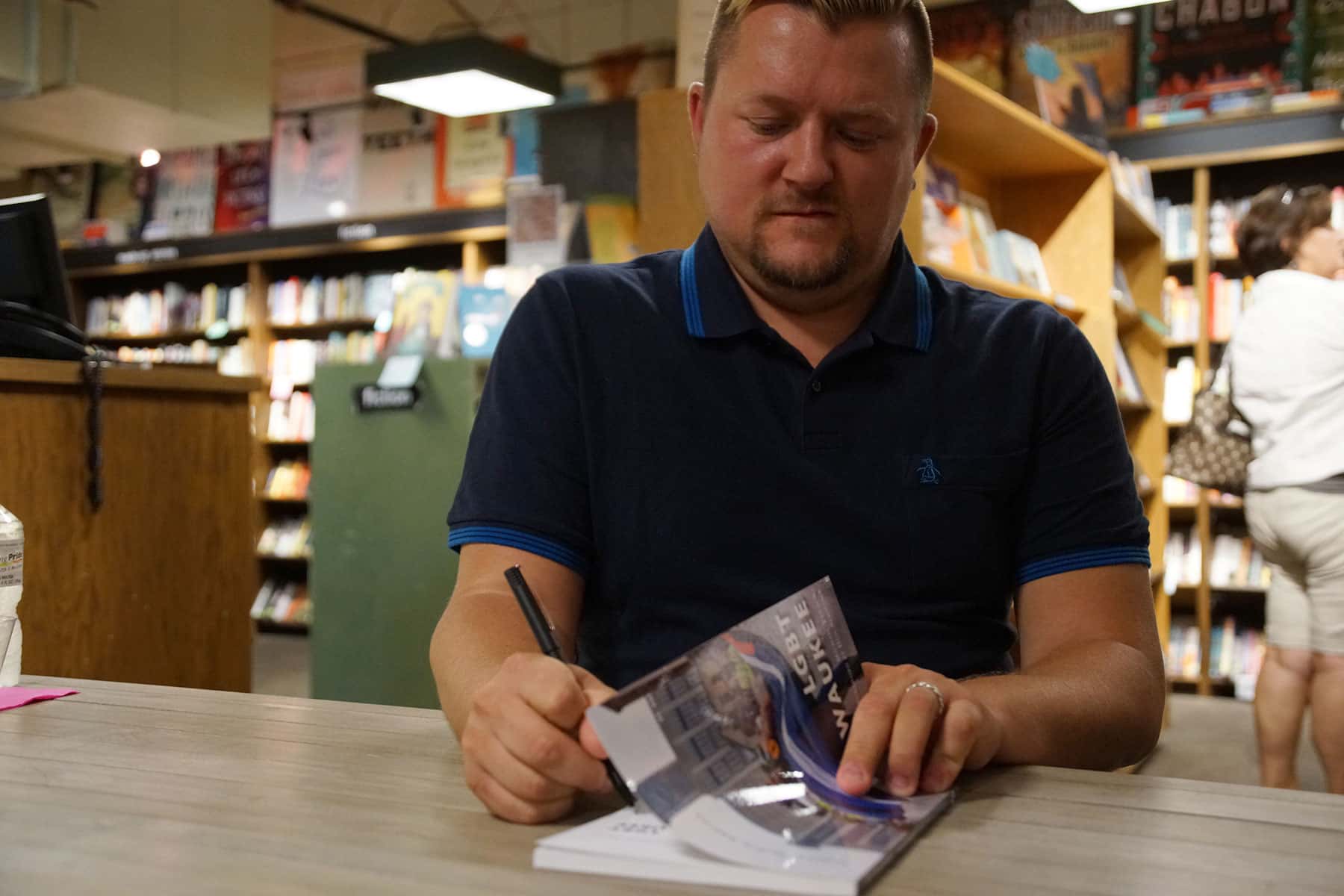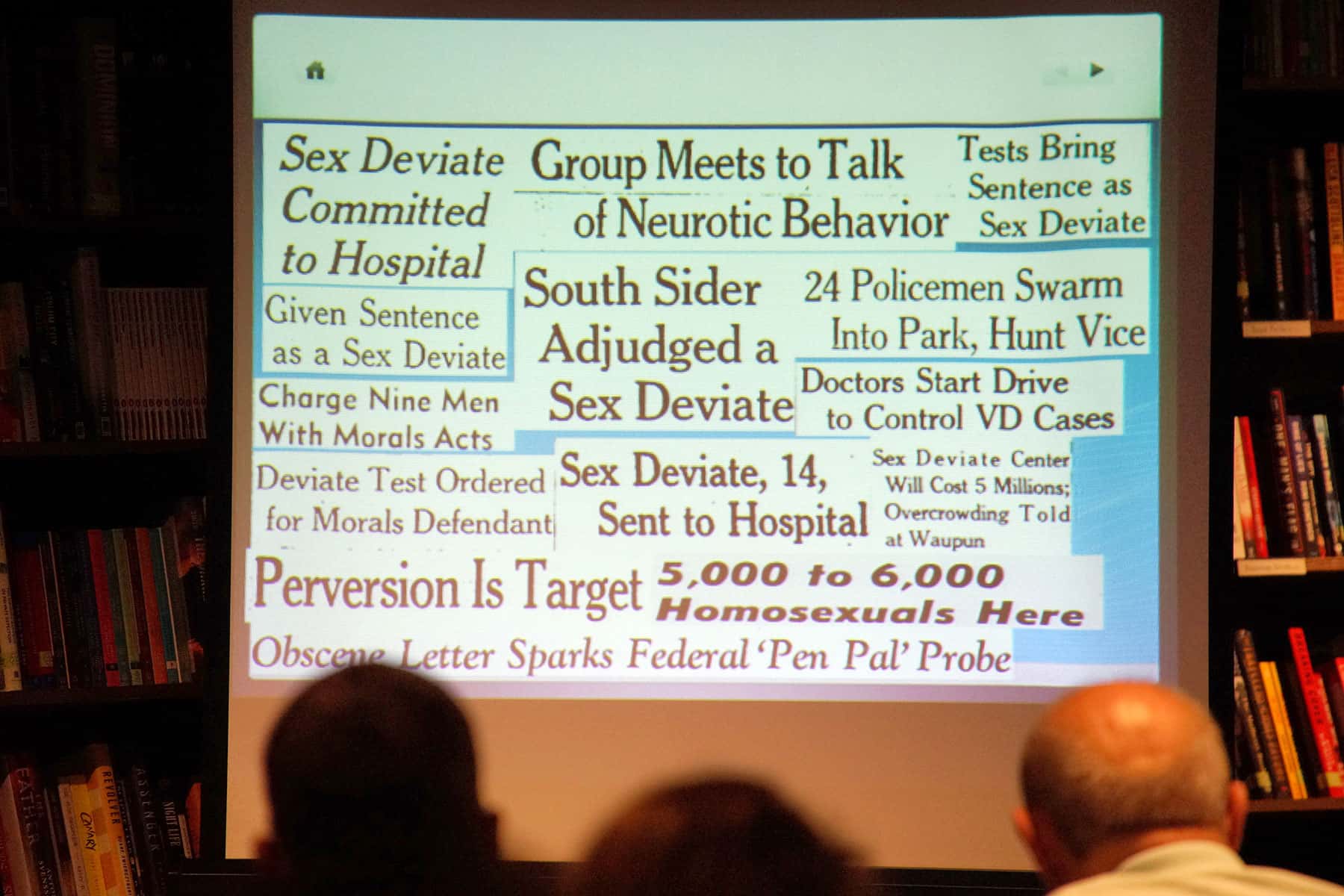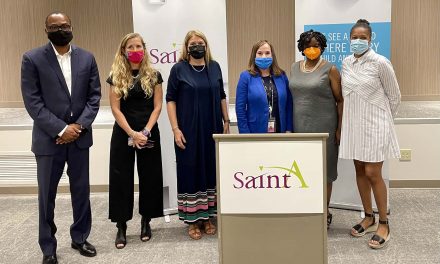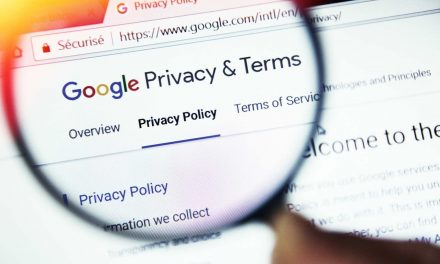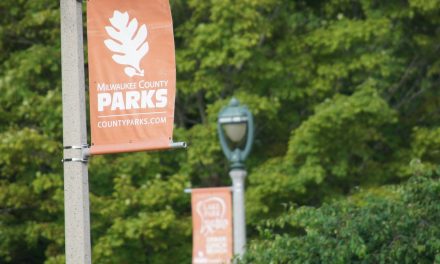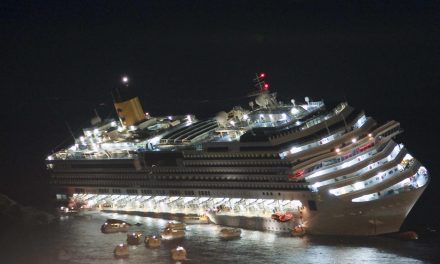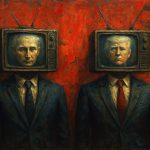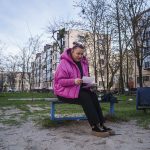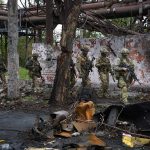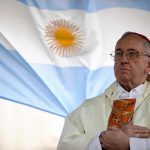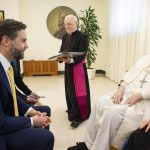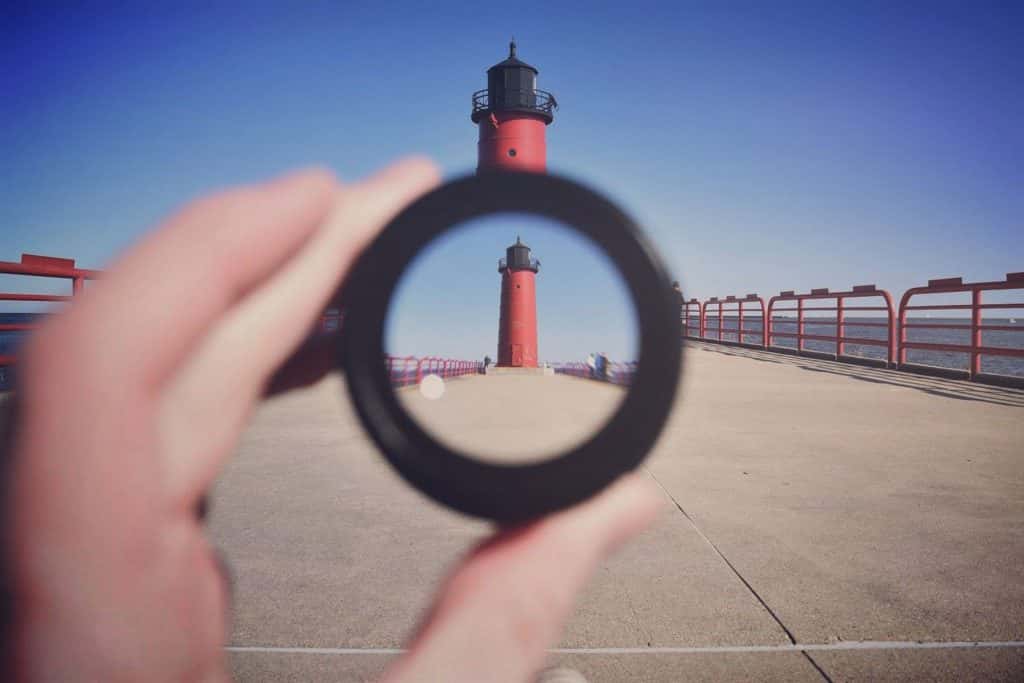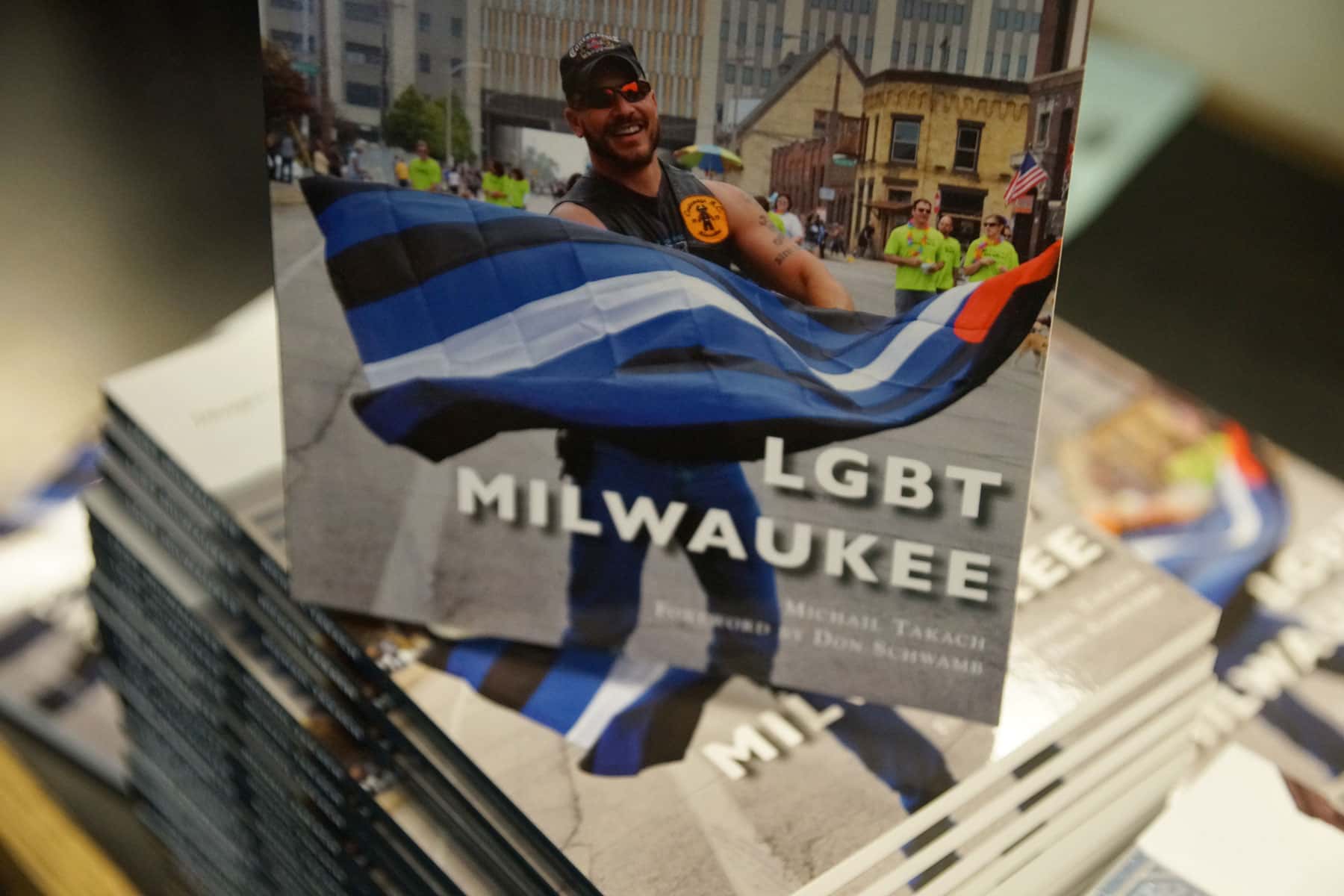
Michail Takach’s new book LGBT Milwaukee, documents gay and lesbian heritage over the 20th century in the Brew City. The Milwaukee Independent spoke with the author during his presentation and launch party at Boswell Books on August 25.
Milwaukee Independent: What inspired you to write the history of LGBT Milwaukee?
Michail Takach: LGBT history is hidden history. Family histories don’t favor the funny uncles; local history books rarely if ever acknowledge sexual or gender diversity. For many people, LGBT history begins at the moment they came out: what the world was like from that point forward. There is no legacy or continuity because people are disconnected from a past that wasn’t recorded.
Milwaukee’s LGBTQ people have always wanted to see themselves reflected in the world, but the world hasn’t always been the best mirror. Anyone struggling with identity should be able to connect with their cultural heritage, the way they might connect with ethnic, racial or any other form of intersectional heritage.
Because that connection wasn’t always there, brave people stood up for what they believed and who they were, sometimes at great personal risk or cost. They blazed trails where trails didn’t and couldn’t exist. It’s these people who inspired me to write this history: a story of cultural pioneers, sexual outlaws and larger than life nightlife.
One of my goals with LGBT Milwaukee is creating a community narrative fueled with resilience, determination and pride: we’re not just here now, we’ve been here forever, and our story demands to be known. Whether someone was rounded up in the Pink Glove raids of the 1950s, boogying with the devil at The Factory in the 1970s, or starring in a C’est La Vie drag show in the 1990s, we are all connected to a shared sense of local culture. It’s an anthropology that nobody has cared to explore until now.
LGBT culture is often ageist culture, creating a sense of “permanently now” that doesn’t pay respects to the past. We really owe much to the elders who made this local culture possible, even though many of those same people spent their senior years feeling excluded and forgotten from a world that left them behind. This book is a small tribute to those who left us too soon, before we could know all of their stories, and thank them for living them.
Milwaukee Independent: Do you think your readers will be surprised by what they learn about the history of LGBT Milwaukee?
Michail Takach: Because there’s never been a comprehensive social history of LGBTQ Milwaukee, the book will come as a revelation for many readers. It was certainly a revelation to me, as I connected the dots across eight decades of local history. While the Wisconsin LGBT History Project had documented the scene back to the early 1960s, we’ve now taken the timeline back to the 1920s with our discoveries.
Who knew that “gay blades out for a fling” once connected at the city’s most notorious straight bordello? Who would think the “carnival people” who frequented the Royal Hotel’s Prohibition Era gin parties included “bull daggers” and “sissy boys?” Who would have expected a gay bar strip to flourish on Plankinton Avenue a decade before Stonewall?
The book is really only the beginning. Since the manuscript was completed, we’ve gone even further backwards in Milwaukee history, discovering a half dozen unknown LGBT hot spots along the way. Someday we’ll tell the story of Sally’s (731 N. 4th St.,) the Diplomat Musical Lounge (701 W. Juneau Ave.,) and the St. Charles Hotel (786 N. Water St.) My hope is that the story is never over, because we’re always discovering more and more. Through the History of Gay Milwaukee Facebook group, started by Jamie Taylor in 2009, we have the unique opportunity to engage in daily dialogues about Milwaukee’s LGBT past – with people all over the world. We didn’t have that opportunity a decade ago. Even people who have been part of the “scene” for decades are learning new things every day.
Milwaukee Independent: Why did you decide to donate all of your book’s proceeds to Milwaukee Pride?
Michail Takach: As one of the city’s newest LGBTQ non-profit organizations, Milwaukee Pride, Inc., is largely funded by PrideFest profits, sponsorships and donors. But celebration is only one of the organization’s four mission objectives, which also include networking, community investment and education.
Milwaukee Pride already does tremendous work with community investment, ensuring that every dollar earned at PrideFest is smartly reinvested in the local LGBTQ community. In recent years, they’ve partnered with the ACLU of Wisconsin on the marriage equality battle, joined forces with Pathfinders against Milwaukee’s LGBTQ youth homeless crisis, and supported the Healing Center’s efforts to help survivors of sexual violence live well and live proud. They’ve also invested in critical LGBTQ causes, including Pride Camp, the Milwaukee LGBT Film Festival, Trans Lifeline, UWM Drag Show, the Wisconsin LGBT Leadership Conference and Veterans for Diversity.
With increased funding, Milwaukee Pride can make a much deeper impact on LGBTQ Milwaukee. The book project is an excellent fundraising opportunity for Milwaukee Pride to advance all four objectives of its mission. They’ve already been the stewards of the PrideFest History exhibit for decades, and proud partners with the Wisconsin LGBT History Project.
But Milwaukee Pride has never been an organization to toot its own horn, and as a result, tends to fall in the shadow of other local LGBTQ non-profits. I’m proud to be one of the champions willing to toot this horn.
I don’t feel it’s right to be paid for the book, as this isn’t my story. By the time I joined this storyline, it was in progress for over 50 years. I’m simply the narrator, the curator, the storyteller of one thousand individual stories. While I’m proud to produce the book, it really belongs to the community. For that reason, only the community should profit from it. Every book that’s sold is a tribute to someone who’s gone before, and an opportunity to connect with the next generation of local LGBTQ leaders.
Milwaukee Independent: Why do you think Milwaukee in particular has come to have such a vibrant LGBT community?
Michail Takach: Back when gay men and women couldn’t exactly live proud in their small towns, the big cities of the Midwest didn’t just provide a destination, they provided a refuge.
Rather than settling down and getting married, they could join the railroad hotel circuit and move from one single room occupancy hotel to another, until they found the right fit. Milwaukee provided a comfortable long-time home with high-paying industrial jobs, a dense and diverse downtown population, and a thriving tavern scene. For single gay men, it was easier to integrate into a heavily male-centric bachelor world than to endure a life of wives and children in their hometowns. After World War 2, many servicemen came back home with zero intention of getting married and moving to the suburbs. They were going to create a new and better life for themselves. And they did.
Urban renewal, freeway construction and population shifts were some of the biggest contributors to a thriving LGBT community. As the city expanded outward, gay and lesbian venues claimed the real estate left behind. Some of the city’s first dedicated gay bars opened in city blocks abandoned for freeway right of way; later, legendary clubs opened in warehouses and factories left behind when industry moved to the suburbs. LGBT people gathered at lost and long-forgotten addresses nobody went anymore. Along the way, they inspired and fostered rebirth and renewal. We wouldn’t have the S. 2nd St. we have today if not for gay liberation.
Milwaukee Independent: How do you think learning about the history of Milwaukee’s LGBT community can influence how people see it today?
Michail Takach: We’ve lost over half of Milwaukee’s LGBT bars that were open in 2000. Most people recognize that, and are concerned about it, but aren’t exactly sure how we got to here, and are wary of what might happen next. What few people understand is that Milwaukee’s abundance of gay bars – up to two dozen at a time – was actually unusual and disproportionate for cities of our size, population and heritage. I’m hoping that people reading the book will gain a new sense of background and context, which in turn will create more awareness and advocacy for the businesses that remain. Gay bars are closing all over America, and only when and where the community rallies to save them (as seen with San Francisco’s The Stud) can they thrive.
Milwaukee Independent: Do you see Milwaukee’s history of hostility towards the LGBT community live on today?
Michail Takach: To be honest, there isn’t really a history of consistent hostility towards gay and lesbian people in Milwaukee. True, there were periods of time where the city’s attention was focused on fighting an unseen gay menace, or times when “unprotected” bars were being regularly raided, but Milwaukee has been remarkably tolerant towards gay men and women throughout its history. Bars had the luxury of operating in plain sight – in downtown blocks and traditional neighborhoods – during daylight hours – which was unheard of in other cities of our size. It’s unbelievable that Milwaukee had 10 advertised gay bars in 1972. It’s even more incredible that we had twice as many, only five years later in 1977.
None of this would have been possible in a less tolerant city. In an earlier Milwaukee, with a tavern on every corner, people alternately didn’t know that gay bars existed, or didn’t care. And so it went, until there was a bar for everyone.
Of course, there are always aggressions, and the scene was no stranger to those. People wouldn’t walk from Club 219 to La Cage on S. 2nd Street – a distance of six blocks — because they were afraid of being jumped or harassed in-between. Until the late 1980s, people were still afraid of being seen entering a gay bar – even if they were regular customers. There were serious street fights after bar between patrons of gay bars and straight bars. People experienced brutal physical and sexual violence. While it was not all doom and gloom, it was not all fun and games either. I can remember the scrutiny and skepticism that newcomers received at the bars, because nobody was initially sure what to make of you. Both employees and clientele were fiercely protective of their space and didn’t want any troublemakers invading it. You had to prove yourself to be trustworthy.
It’s an absolutely different scene today. We’re troubled by bachelorette parties. We’re annoyed when bars won’t take credit cards. We complain when we can’t park right outside a bar, not out of safety but convenience. At the same time, those aggressions have gone underground, and only express themselves in “well meaning” microaggressions. Some might say that the push for political correctness has only created more phobia.
We cannot, however, underestimate the aggressions that the “T” in LGBT experiences on a regular basis. There’s a pervasive sense of consistent, life-threatening danger for transgender people, even in spaces designed to be safe and protective. This requires our immediate and urgent attention. The battle for LGBTQ civil rights didn’t end with marriage equality, and the trans communities are living through that social warfare every single day. By understanding their life experiences, we can be better and more competent allies for them in the wars to come.

